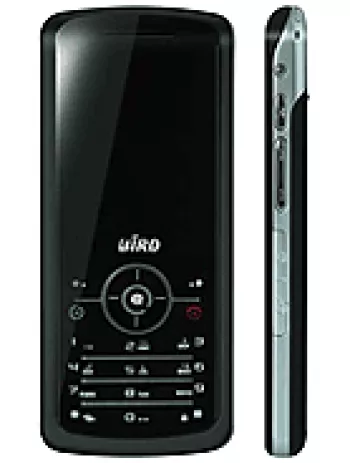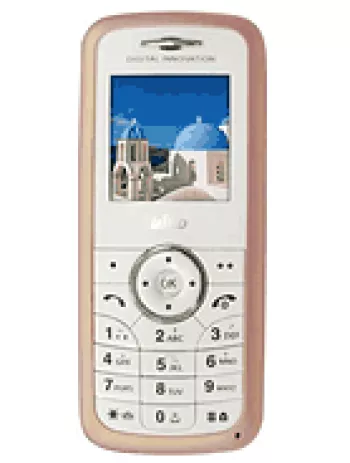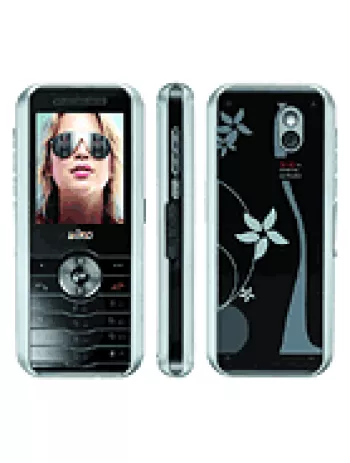
Introduction to the Bird S1160 Plus
The Bird S1160 Plus is a feature phone that was introduced to the market in the third quarter of 2004. Although it has been discontinued, it remains a point of interest for technology enthusiasts who appreciate vintage mobile devices. This article provides an in-depth look into the Bird S1160 Plus, exploring its specifications, design, features, and usage during its time.
Design and Build
The Bird S1160 Plus features a compact and simplistic design measuring 85 x 44 x 20 mm, and it weighs only 83 grams. This lightweight characteristic made it highly portable and convenient for users who preferred a phone that could easily fit into a pocket or small purse. The design is minimalistic, typical of early 2000s feature phones, with a straightforward interface that includes a monochrome CSTN display.
Display Features
The phone comes with a CSTN, mono display. Although not as vibrant as color displays, it served the purpose of the era by providing adequate visibility for basic phone functions. The resolution of 112 x 64 pixels, with a 16:9 ratio, was standard for budget phones during this time.
Network and Connectivity
Built for basic communication, the Bird S1160 Plus operates on GSM technology, supporting GSM 900/1800 2G bands. However, there is no support for GPRS or EDGE, limiting internet connectivity significantly. This lack of advanced connectivity is typical of feature phones which focused primarily on voice calls and SMS. There is no inclusion of modern connectivity options such as WLAN or Bluetooth.
Storage and Memory
Storage in the Bird S1160 Plus is quite limited by today's standards. The phone does not support memory card expansion, and its internal phonebook can store up to 200 entries. Additionally, it maintains records of the last 20 dialed, 20 received, and 20 missed calls—sufficient for users of the time who required basic phonebook and call management capabilities.
Battery Life
One of the standout features of the Bird S1160 Plus is its removable Li-Ion battery, with a capacity of 670mAh. Despite being relatively small compared to modern smartphone batteries, this was adequate for feature phones that consumed less power due to their basic functionalities and non-color screens. This ensured longer standby times and sufficient daily usage for calls and messaging.
Sound and Multimedia
The Bird S1160 Plus offers basic sound capabilities with vibration alerts and the possibility of downloading monophonic ringtones. However, it lacks a loudspeaker and a 3.5mm audio jack which indicates that it wasn't designed for multimedia music consumption but rather basic alert functions. It supports basic downloadable ringtones, providing some customization for users.
Additional Features
The Bird S1160 Plus lacks many functionalities by contemporary standards, having no WLAN, Bluetooth, radio, or USB capabilities. It does support SMS messaging, and includes a few built-in games, offering users some entertainment. However, it does not include a camera or Java support, limiting its ability to run more advanced applications beyond its pre-installed software.
Usability and Target Audience
With its emphasis on simplicity, the Bird S1160 Plus was aimed at users who needed a reliable device for making calls and sending messages. Its easy-to-use interface made it accessible to a wide audience, including individuals who may have been less tech-savvy, such as the elderly or those in search of a second phone for basic communication.
Conclusion
The Bird S1160 Plus represented a straightforward mobile phone experience with fundamental features designed to meet the essential telecommunication needs of the early 2000s. While it falls short of modern expectations for mobile devices, it stands as a testament to the era's technology, where the priority was centered around efficient voice communication and SMS. Today, it may serve as a nostalgic piece for collectors or technology enthusiasts interested in the evolution of mobile phones.
Main Features of Bird S1160 Plus
- Lightweight design with a weight of only 83 g (2.93 oz).
- Compact dimensions: 85 x 44 x 20 mm (3.35 x 1.73 x 0.79 in).
- Supports GSM 900/1800 network technology.
- Mini-SIM card compatibility.
- Phonebook capacity of 200 entries.
- Call records for 20 dialed, 20 received, and 20 missed calls.
- Monochrome CSTN display with 112 x 64 pixel resolution.
- Removable Li-Ion battery for easy replacement.
- Vibration alerts and downloadable monophonic ringtones.
- Comes in a sleek silver color.
- Pre-installed games for entertainment.
- Supports SMS messaging.
Disadvantages of Bird S1160 Plus
- No support for GPRS or EDGE, limiting internet connectivity options.
- Discontinued model, so it might be difficult to find support or replacement parts.
- Uses a CSTN mono display with low resolution (112 x 64 pixels), which may not provide a good viewing experience.
- No memory card slot for storage expansion.
- Lacks a camera for taking pictures.
- No loudspeaker available on the device.
- Does not support a 3.5mm headphone jack, limiting audio options.
- Does not support modern connectivity options like WLAN or Bluetooth.
- Lacks positioning features such as GPS.
- No built-in radio feature.
- Limited to SMS messaging with no advanced messaging options.
- No browser capabilities, which limits internet-related functionalities.
- Absence of Java support limits the ability to use Java-based applications or games.

View Also
More Phones
All Rights Reserved +14267 Phones © Mobilawy 2025

























